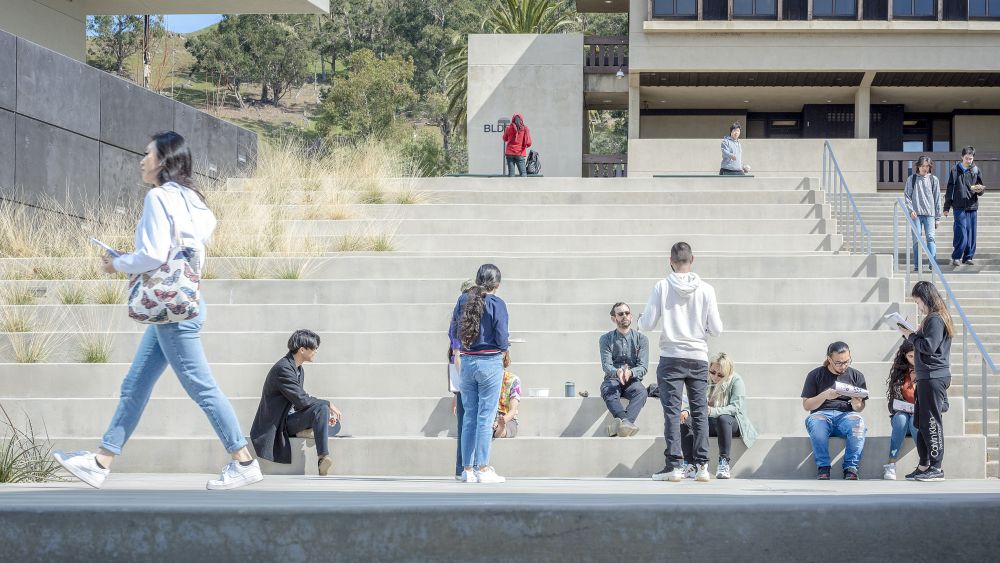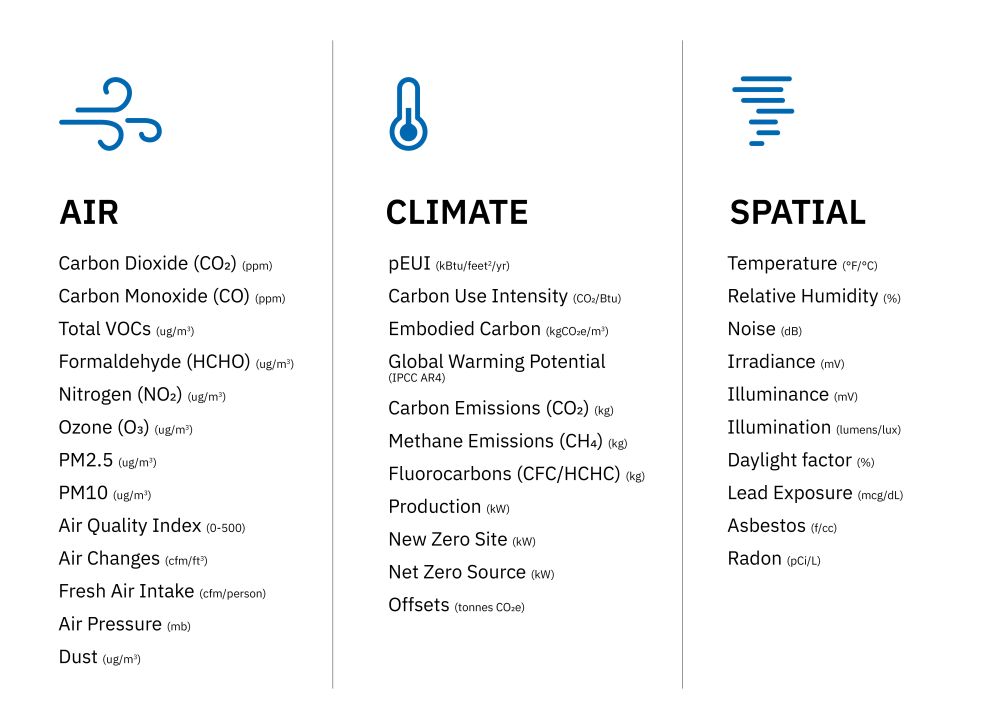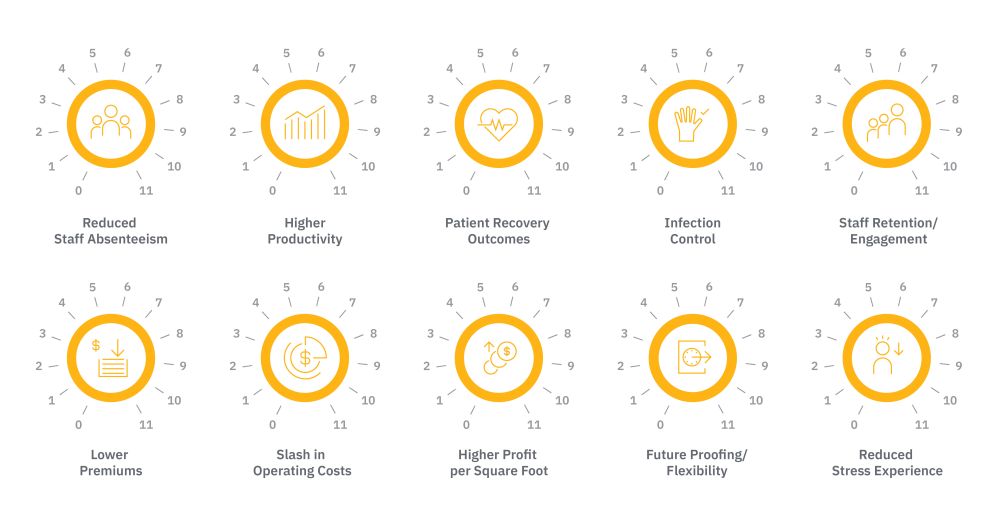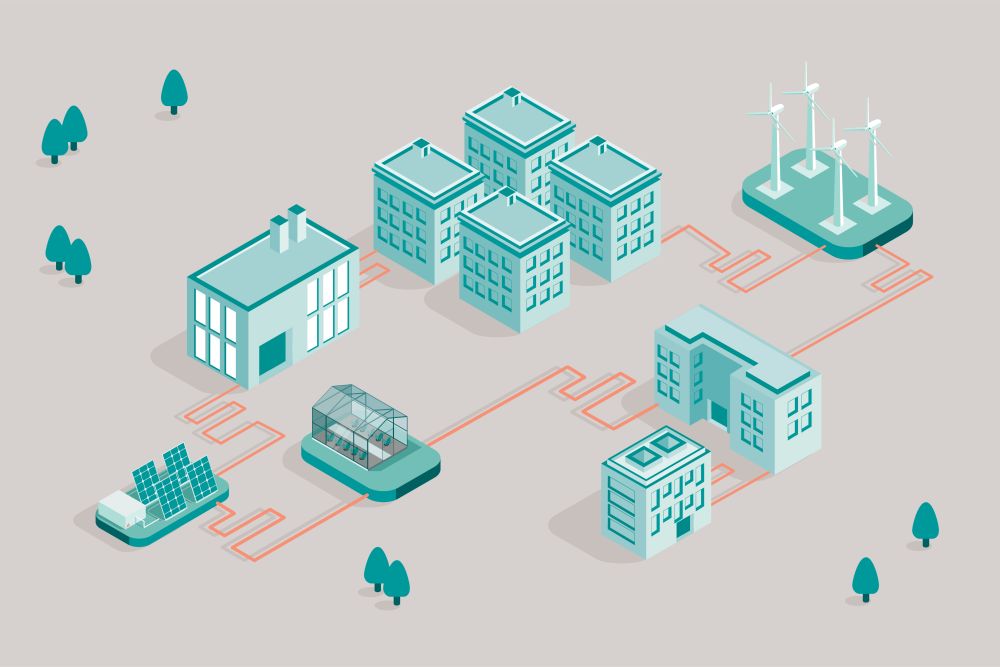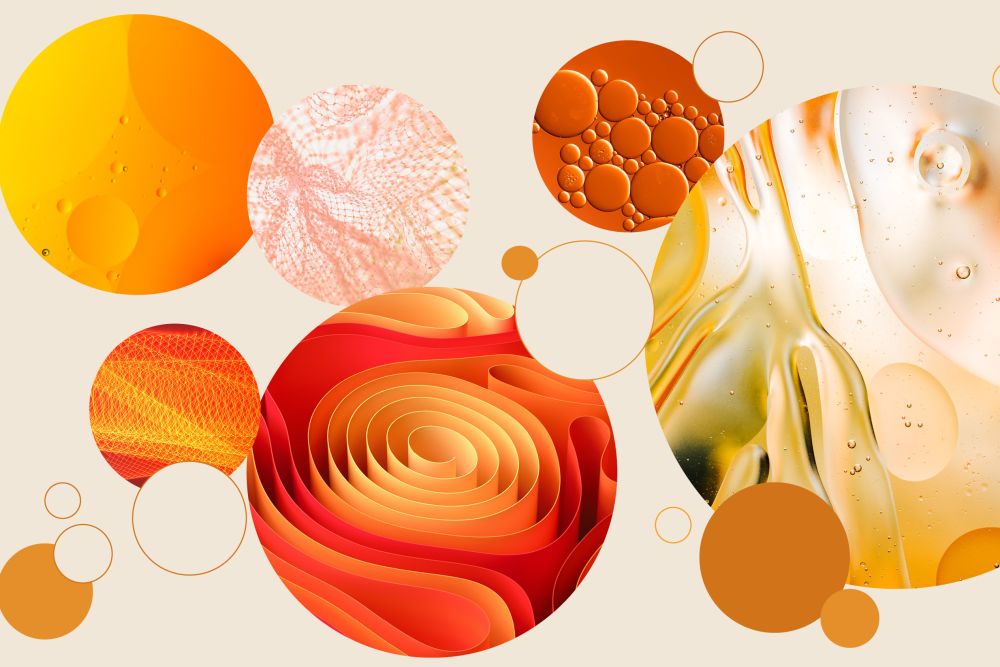The magic of better outcomes: Designing for everything by designing sustainably
Chris Whitcomb
January 24, 2024
Social Sharing
There’s a long continuum of interest when it comes to sustainable design. There are people who embrace it on every level. Net zero. Healthy materials. Embodied carbon. These words excite them.
But not every client or person we encounter brings that level of passion—and that’s okay. Some see weaknesses in the LEED system. Others may not deeply understand the full terminology. Others still may just be skeptical of the actual impact sustainable design will have for their organization and staff. And believe it or not, those conversations are just as joyful.
Finding the what if...
Whenever our sustainable design team encounters someone hesitant to talk about sustainable design, they embrace it. “That’s fine,” our team will say. “Let’s talk about what drives you crazy.” There is always magic in what drives people crazy.
When asked that question, a recent client in Wisconsin jumped at the opportunity to talk about snow. They were spending $96,000 annually to clear the facility’s 20-acre parking lot. The expenditure was a burden they could do without.
And in snow, and so many other things that drive people crazy, our team saw an opportunity. We saw our what if…
What if instead of using a traditional steam power plant, we helped them create an effective geothermal system? They could stick pipes in the ground and pull up 55-degree water as the starting point of heating and cooling the entire campus. Furthermore, our team suggested they could create snowmelt zones across the parking lot, which would largely eliminate the need for plowing. The ideas of snow melt and cost savings helped this organization embrace sustainable design because it solved their problem.
It’s really just about helping clients evolve their thinking. It’s not about meeting new building codes and requirements or even legislation. It’s about seizing opportunities. What do you have too much of? What are you spending too much money on? What problems are keeping you up at night?
There’s a solution rooted in sustainability that will solve it and more.
That’s our team's job as much as anything sometimes, communicating the value propositions to each unique client. Doctors and healthcare staff care about patient vitals, heart rate, blood oxygen, brain activity and much more. Companies care about employee health, engagement and innovation. Education institutions want to see strong attendance, better learning outcomes and healthy students.
We talk to clients about what drives them crazy. There is always magic in what drives them crazy.
An abundance mindset
“People are seeing environmental design as an opportunity," said sustainable design leader Mike Cavanaugh. "They’re not making decisions from a scarcity mindset or point of fear, they’re making these decisions with excitement and an abundance mindset."
An abundance mindset is one where individuals choose to see the opportunities ahead of them rather than challenges. They realize that the resources exist to solve problems they encounter and they can optimize these resources for dynamic results.
One client embracing this abundance mindset at present is the University of Chicago Medicine. We’re helping them create an incredibly dynamic and community-centered cancer center on the south side of the city.
As part of that effort, one critical moment came when our health interiors co-director helped us all realize specifically that every patient that walks through the doors of a cancer center is terrified.
And recognizing that helped us think through our decision making with greater clarity. How can we calm these people and their families? If that’s our North Star, then there are so many sustainability decisions that can fold into that. It again brings us to our critical what if? What if we could enhance access to natural light? What if we could improve opportunities for better air quality? Let’s invest in improved ventilation. Truly, we’re asking doctors: When do you want patients’ blood pressure to be lower? When would you want their immune response to be at its highest?
And just like we did with the education client who had too much snow, we can map the needs of the client, of the patient, of the doctor back to sustainable design decisions.
“No doubt, there’s technical details that matter deeply with sustainable design,” added Cavanaugh. “But success comes from identifying needs and aligning solutions. We can create the most sustainable building in any typology through that approach.”
It’s thrilling work, really. Whether our client conversations are rooted in LEED or metrics around snow, we are shaping a more sustainable future. And, what people are realizing more and more is, we’re also solving problems, saving money, improving lives—sometimes even saving them.
